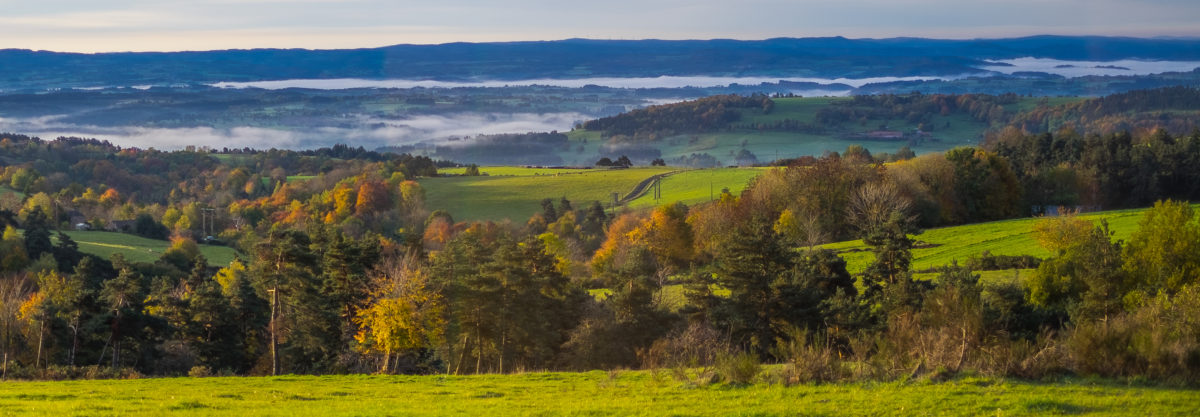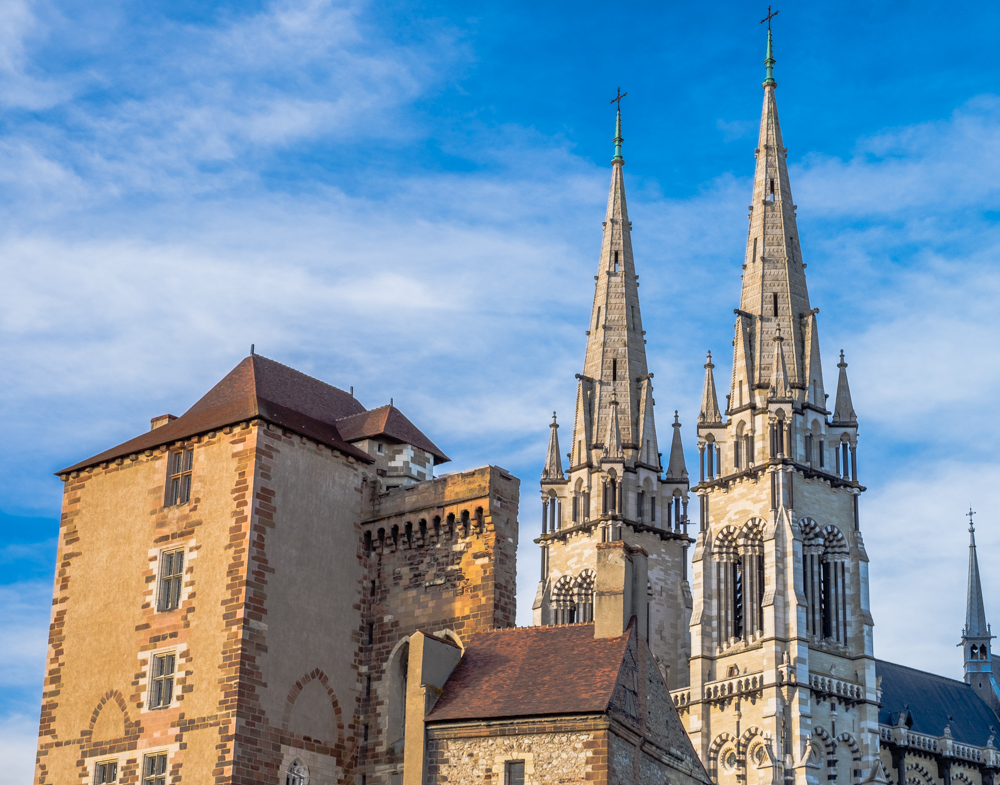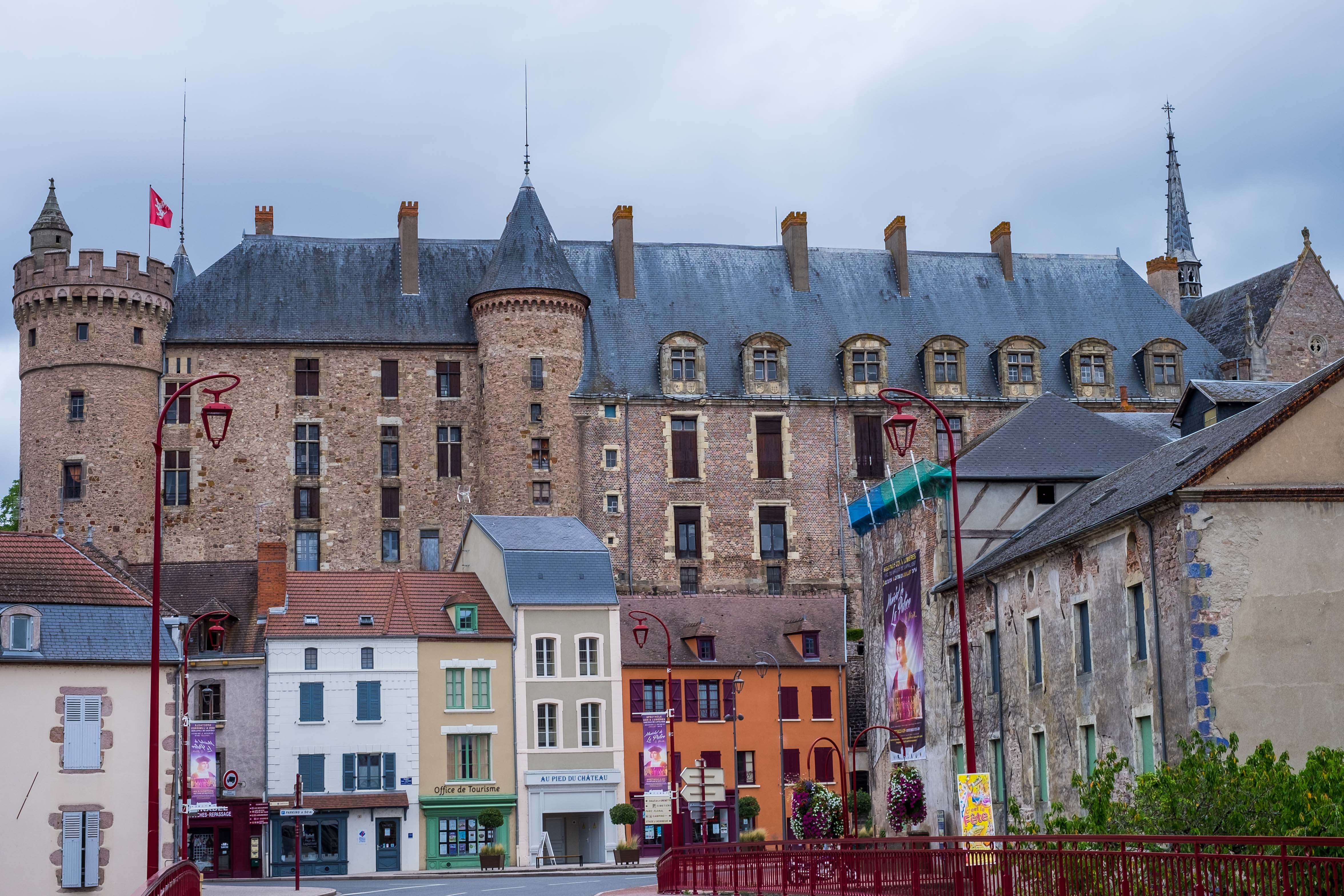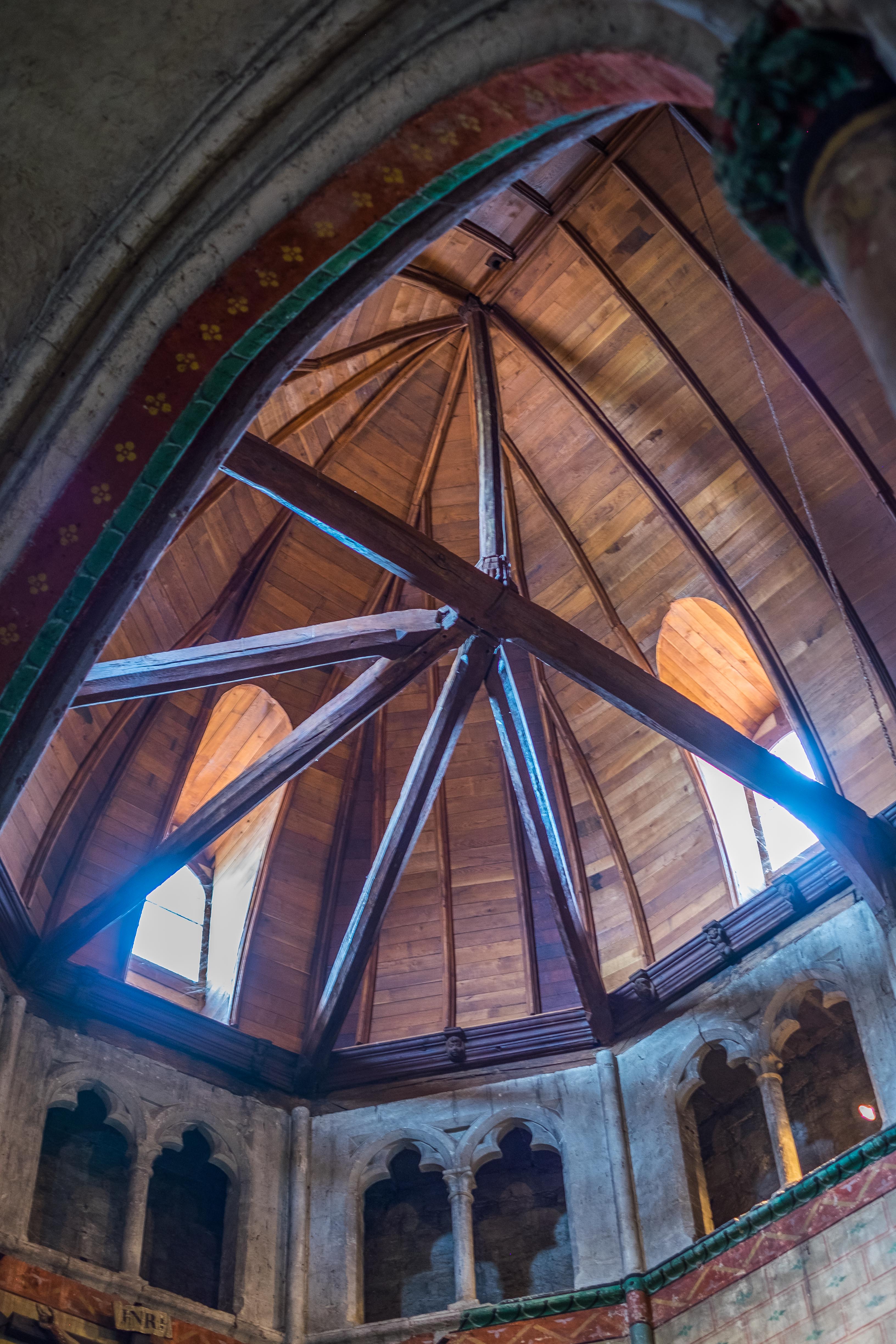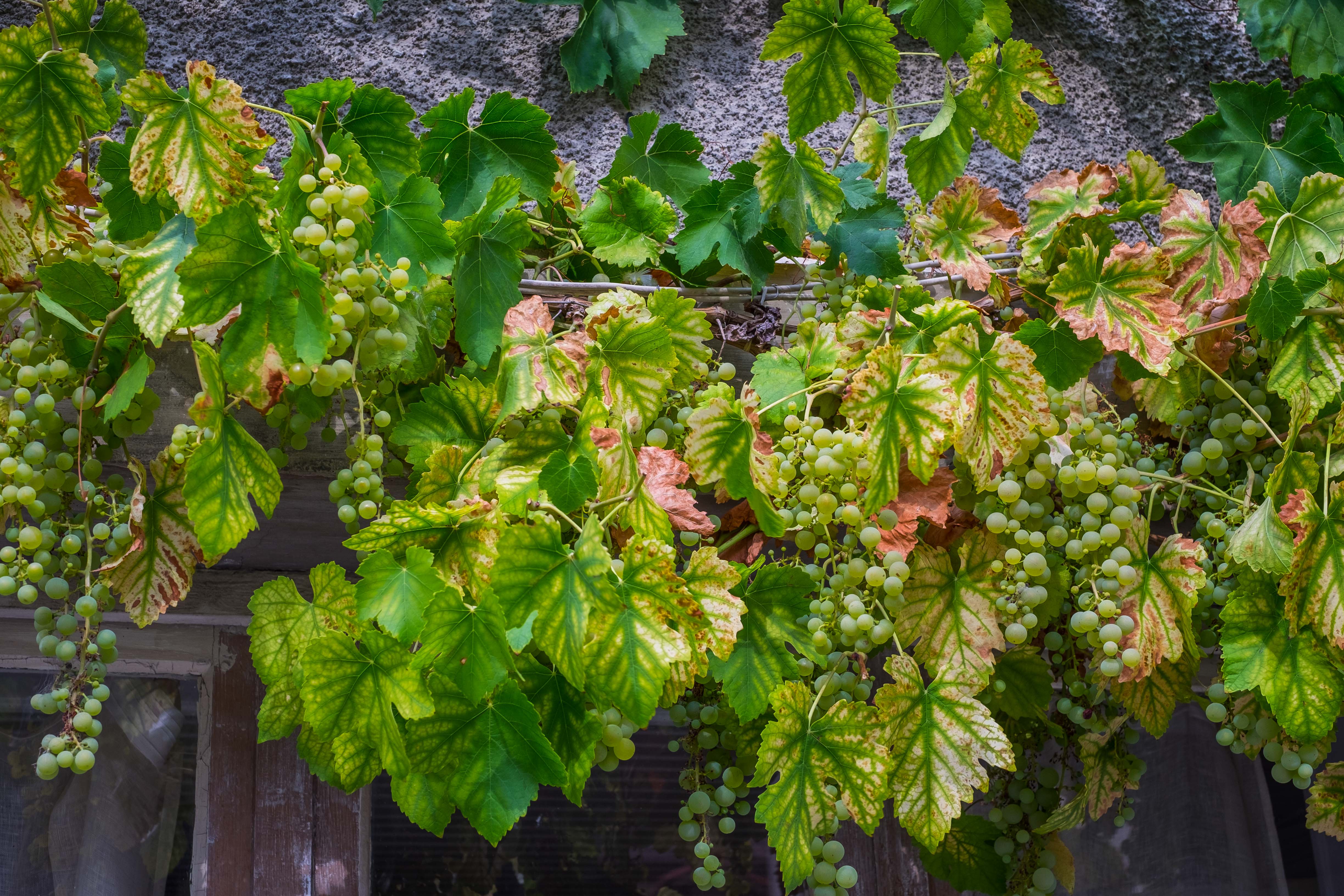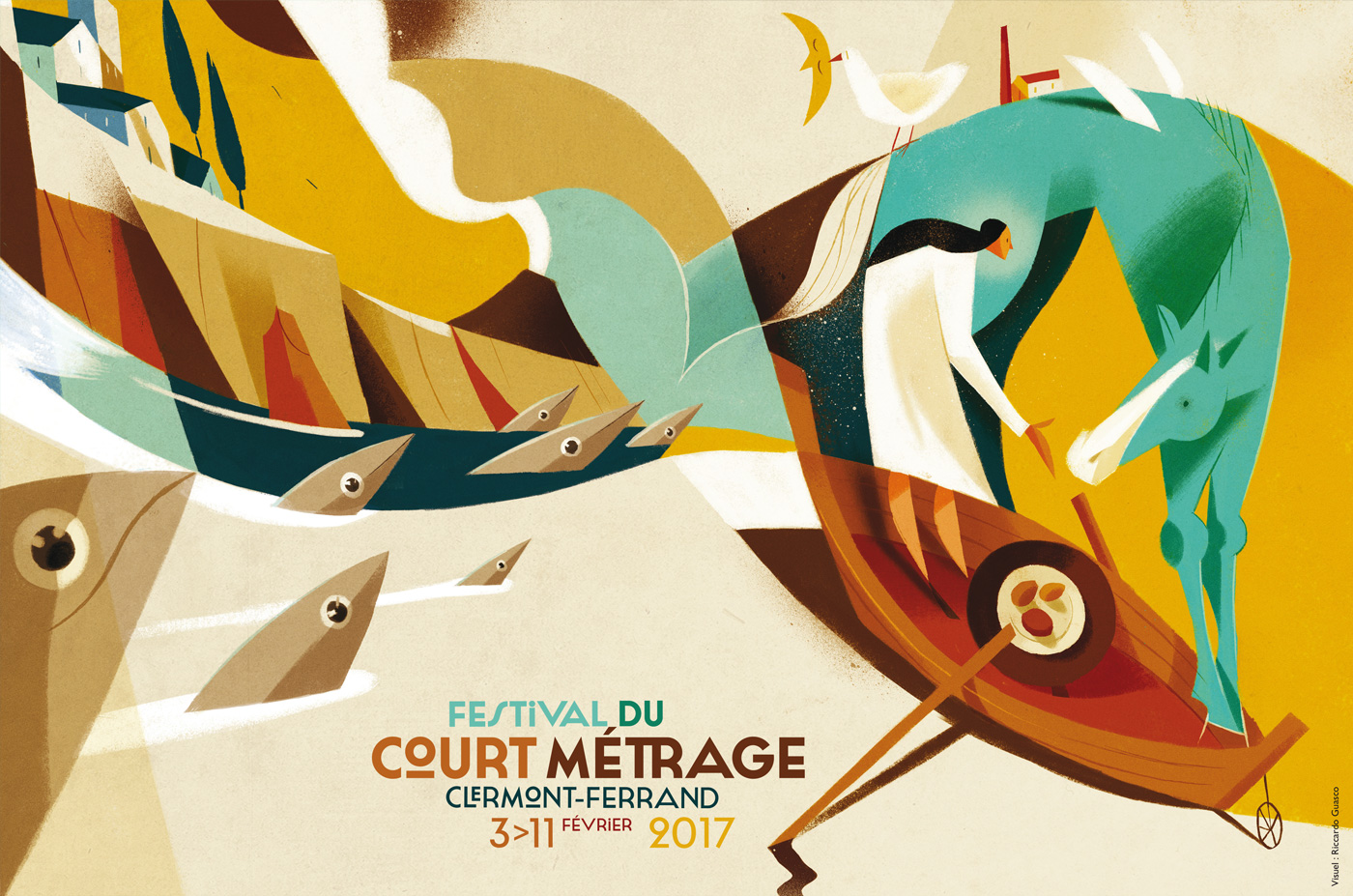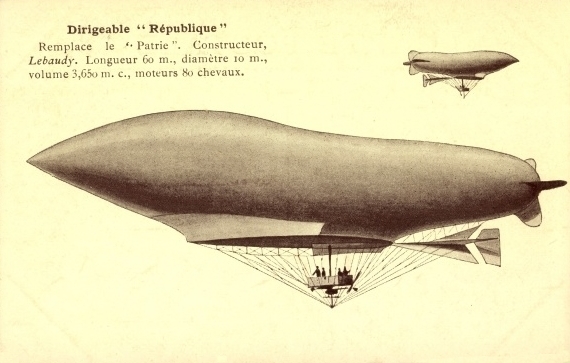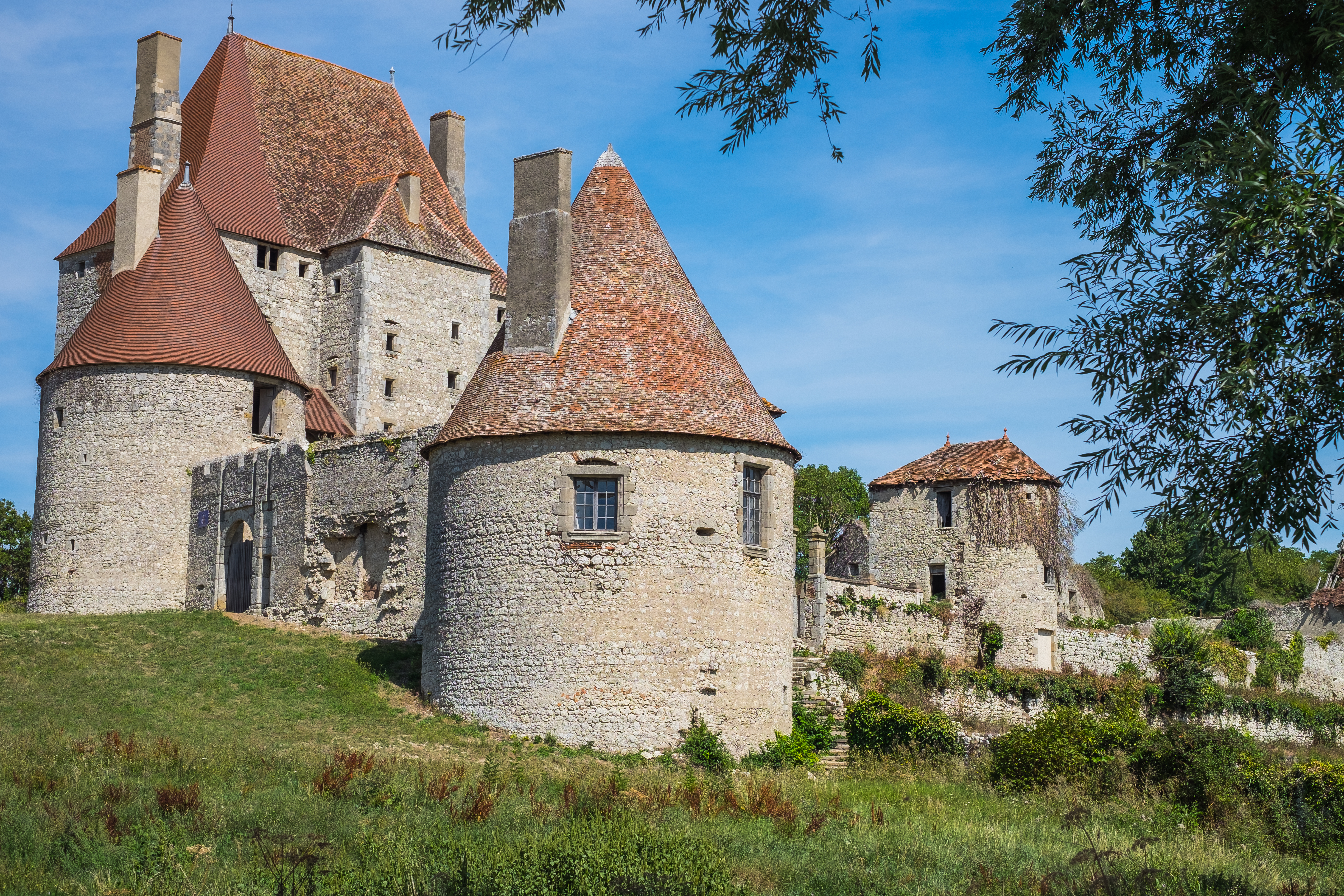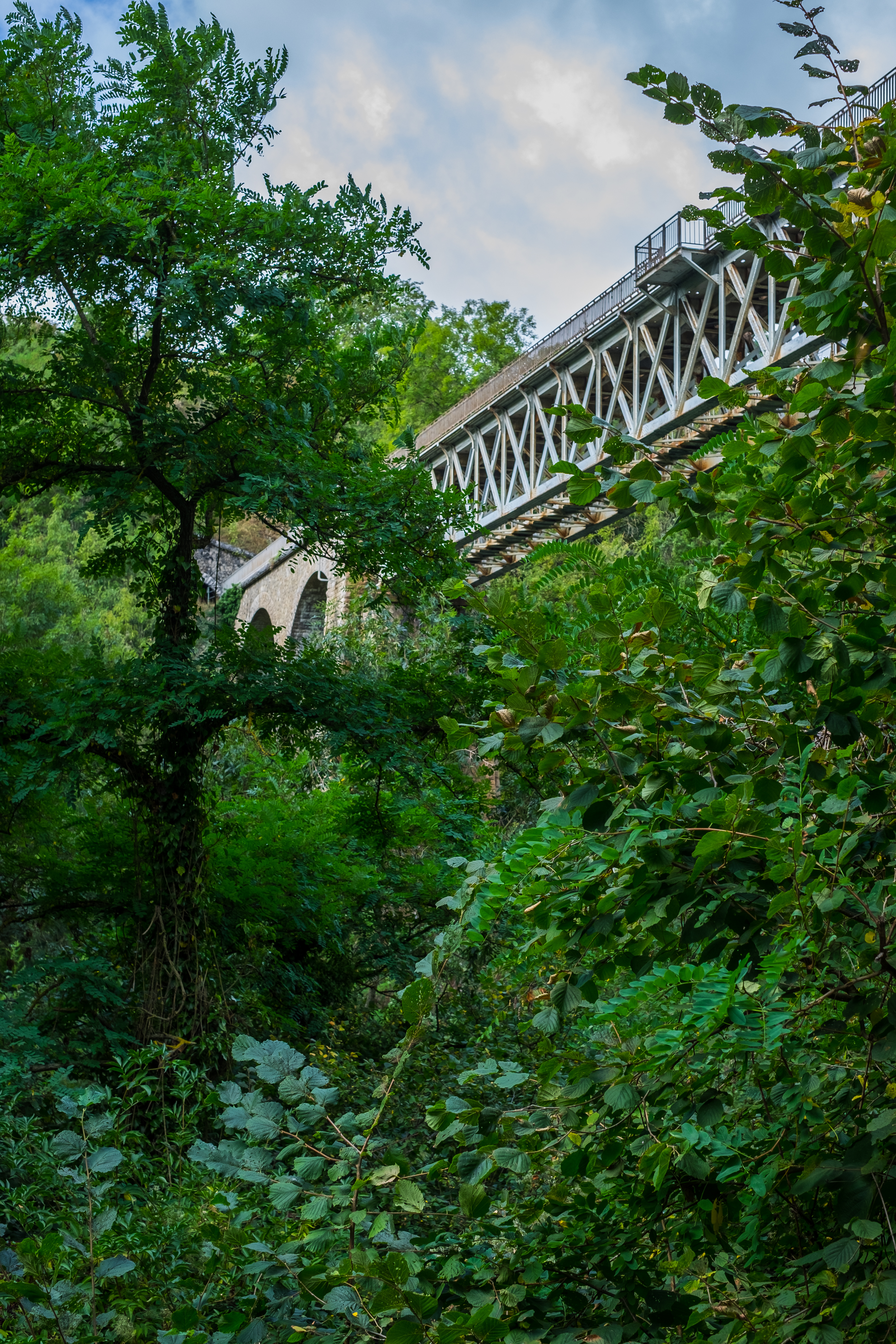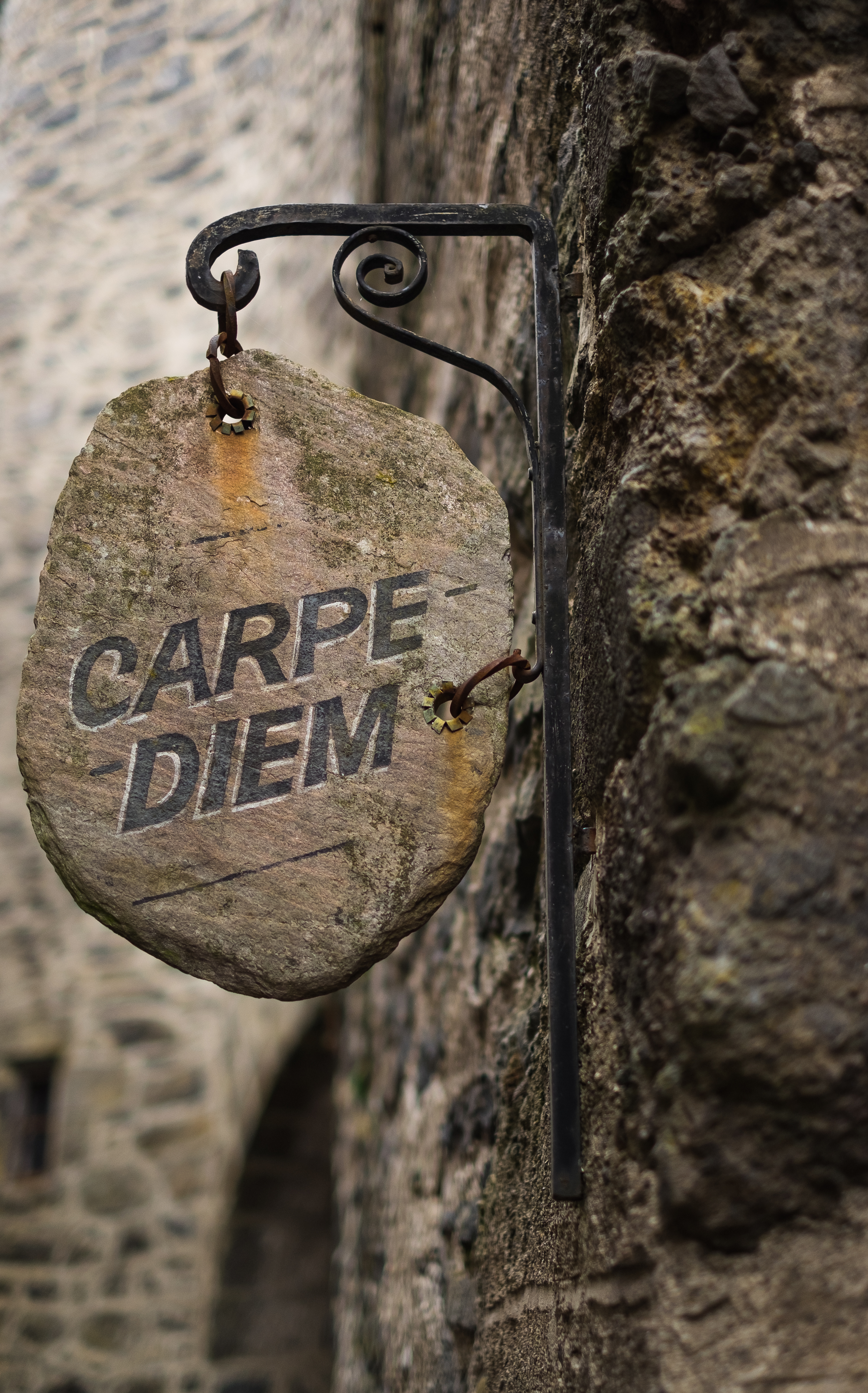Sometimes, as we all know, words and static images just aren’t adequate to capture a feeling or an impression you get in a faraway place – we need to see movement and the passing of time to get a better feel for what it might be like to visit a place we’ve never experienced for ourselves. Since I started this blog, I’ve put a lot of effort into explaining what the “deep heart of France” means to me. You’ve heard why I love Clermont-Ferrand and the Auvergne, and you’ve seen some of the towns officially recognized as being among “the most beautiful villages of France” – places like Blesle, Charroux, Arlempdes, and Salers.If you’ve stuck with this blog for long, […]
Category: Destination
MOULINS – A Medieval Center of Power in the Deep Heart of France
Several newspaper stories over the past 2 weeks have commemorated the 75th anniversary of the liberation of France at the end of World War II — but they tend to focus on DeGaulle and the Allies marching through the streets of Paris. The local papers in the deep heart of France, though, have a different, darker memory of the events of August 1944. For people in Moulins the war wasn’t over when those triumphant scenes played out in Paris. On the same day the Nazi garrison surrendered in the capital, 56 men, 9 women and a 7-year-old child were dragged from their cells in the tower known as “Mal-Coiffée”, a 14th-century dungeon used as a prison by the occupying German […]
Lapalisse – The French Town Made Famous By A Pun
Well, you can’t miss THAT as you drive into town! More than most places in France, Lapalisse is dominated – almost overwhelmed – by the great chateau that stands at its center. Strangely, though, the town’s celebrity is due mostly to a mundane pun about one of its most famous historical figures.Not that many years ago, it was almost impossible to avoid Lapalisse if you went travelling through the Allier, one of the great “breadbasket” agricultural regions of France. The first time I saw it was on a company bus trip from Clermont-Ferrand to see our factory in Montceau-les-Mines. I woke up an hour into the trip to see this massive landmark with all the little local businesses clustered at […]
Medieval Blesle is One of France’s Most Beautiful Villages
Hello – and best wishes to all of you for a healthy, successful New Year in 2017 (or, as the French say, “Meilleurs vœux pour ce nouvel an – que 2017 serait une année de bonne santé et la réussite de tous vos projets”).We start the new year in another of the most interesting places “off the beaten path” in the deep heart of France. The first thing to know about the medieval town of Blesle is how to pronounce its name: it’s BLELL, with no mention of the “s’. This is officially one of the “most beautiful villages in France,” an hour south of Clermont-Ferrand in the rugged volcanic mountains of the Haute-Loire.
Save Short Film If You Can! Clermont-Ferrand’s International Short Film Festival is Coming
Every winter, Clermont-Ferrand hosts “the second most important film festival in France” (after the well-known event in Cannes). This February will bring the 29th edition of the International Short Film Festival, showcasing works from filmmakers around the world in addition to two thematic programs on the art of short film in Colombia and works of “black humor”. The 29th annual International Short Film Festival and 39th National Short Film Festival will be held from February 3rd to February 11th, 2017. Ticket packages and information about hotels are available on the Festival’s website. Read more about this exceptional event in my article on FranceToday.com , one of the best online sources for information about travel and culture in France.
The Chateau d’Avrilly and the Crash of La Republique
What do I love most about driving the back roads of central France? Discovering a little corner of history that I would have missed if I only stuck to the guidebooks. When I set out that day in September, my objective was the mysterious church at St Menoux, passing through Villeneuve-sur-Allier (and regular readers will know how badly that went!). Early in the day, though, with the fog still settled in the valleys around the D133, I came to a sign pointing off into the woods and promising “Chateau d’Avrilly / XVè – XIVè”. Great! I was in a fine mood after my evening in Moulins, the September day was bright and warm, and I had no deadline to constrain […]
A Medieval Ruin Among the Sunflowers
Driving through the département of the Allier in central France can be like driving through Iowa or Illinois in summer. You’re surrounded by the agricultural richness of the region – vast yellow fields, giant bales of hay ready to be loaded and stored, barns and farmhouses clustered in little compounds alongside the road. The biggest difference? There aren’t that many ancient châteaux in Iowa and Illinois! I was enjoying a drive like this a few weeks ago, taking the long way back from the extraordinary church at St Menoux to Moulins, when a medieval vision suddenly loomed over the little D-road in front of me. It was the Château de Fourchaud (curiously spelled Fourchault on the road signs in the […]
Hidden Gems by Gustav Eiffel in the Deep Heart of France
The more I read about Gustav Eiffel, the more amazed I am at the variety and number of projects he and his company executed. Among his early projects, I knew that the beautiful red arc of the Viaduct at Garabit was one of the most important things he did long before he built that famous tower in Paris.
AT SAINT MENOUX: A MEDIEVAL CURE FOR WHAT AILS US NOW ?
It’s worth going to Saint Menoux just for its fine Romanesque church. In fact, there’s not much more to see in this bright little hilltop village near Moulins in the Allier département. But my curiosity was heightened as I drove west on the D945 on a brilliant sunny morning in September. As in so many places around France, there are big brown road signs signaling the attractions you can see in the area around you. These are usually straightforward: “Château de Billy,” for example, or “Forêt de Tronçais”. The sign for Saint Menoux was a puzzle, though. Featuring a line drawing of something that looks like a coffin, it says (with no other explanation) “Saint Menoux et son débredinoire”.
The Puy de Dome – An Icon of Central France
Napoleon III came to Clermont-Ferrand in 1862, and everyone wanted to make a great impression. Why not take advantage of the great volcanic peaks that rise behind the city’s skyline and produce something spectacular for such a rare and important visitor? A great artificial eruption was organized at the top of the Puy de Dome, with 600 piles of wood and a one-ton mix of resin and oil. But when the great moment arrived…pffft. The “eruption” fizzled. The emperor and his wife were puzzled to see great clouds of black smoke roiling up from the mountain top instead.
